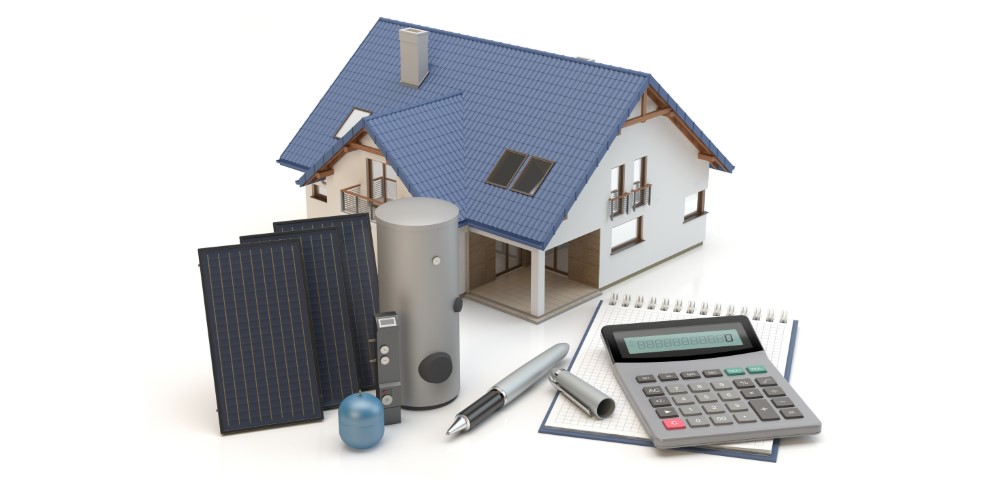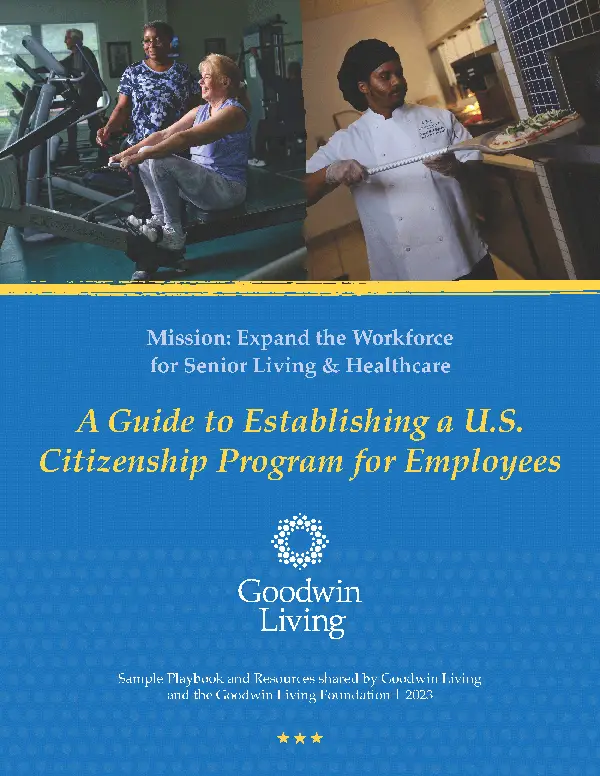
Live Vibrantly - October 30, 2019
by Lindsay Hutter
The Washington, D.C. area provides two seasonal reprieves from extreme weather, fall and spring. During these months we don’t cringe as much when the utility bill arrives. Alas, we know the good times don’t last. Before you know it, we’ll be trading these lovely, fall days for 30-degree highs, howling winds, icy slush and spiking utility costs.
According to Lawrence Berkeley National Laboratory, the average American household spends roughly $2,060 per year on energy costs, with half of that being attributed to heating and electronics. Yet, as we’ve seen in our The Home of the Future series, homes are becoming more and more energy efficient, thanks to smart technologies and innovations in building.
We have toured the Virginia Tech FutureHaus in past posts and touted the unique style, design and technologies it possesses. But did you know that FutureHaus was the winner of the Solar Decathlon Middle East competition in November of 2018? The international biennial competition was created by the U.S. Department of Energy as a way to encourage sustainability, innovation and research in building. The main criteria for entering? The competition required houses to “use solar energy as the only source and employ technologies that permit maximum energy efficiency.”
This is exactly what FurtureHaus does. Besides being 100% solar powered, FutureHaus includes small innovations that can add up to big energy savings. For instance, the shower incorporates sensory technology that recycles the water going down the drain. This can reduce water consumption by nearly 90%. It also incorporates an airtight mudroom so heating and cooling doesn’t escape when you enter. The windows in the home double as solar collectors and the appliances are especially energy efficient.
“The stove was really a plus for me when I toured FutureHaus,” said Goodwin Living resident Ann Stewart, one of the many Goodwin Living residents who were able to tour FutureHaus when it appeared this year at an exhibition in Alexandria, VA. “The stove is only there and functional when you are using it. Otherwise, you have counter space.”
While some of these innovations may seem far-fetching, there are certainly things you can do to make your current home more energy efficient. Many will sound familiar: turn off lights when you leave a room; take shorter showers; adjust your thermostat accordingly so your heating and cooling system doesn’t run as often when you’re not home; unplug your appliances if you’re on vacation; or install ceiling fans, a cheaper way to circulate cool air throughout your home.
However, you might want take it a step further and conduct an energy audit, an assessment of your home that looks at current energy consumption and identifies ways to make your home more energy efficient. There are companies throughout the D.C. area that will provide an energy audit.
According to the National Renewable Energy Laboratory, the average cost of solar photovoltaic (PV) panels has dropped nearly 50% since 2014, making it a viable option for many seeking more economical energy options. However, the same report found that market barriers still exist. Non-hardware solar “soft costs”—such as permitting, financing and customer acquisition—are becoming an increasingly larger fraction of the total cost of solar and now constitute up to 74% of the cost of a residential system.
So one has to ask, are solar panels worth it? The government thinks so, given the robust federal and state incentives. The Federal government offers a tax credit of 30% of the cost of a qualifying solar PV installation, effectively contributing nearly 1/3 of the price of your going solar.
If you are considering solar panel, or solar shingles (which work just like larger, blockier solar panels and are atheistically more pleasing), there are many things to consider. Is your roof compatible? How long will they last? How many will you need? Click here to read through some of the major issues with determining if going solar is right for you.
If you don’t yet have time for an energy audit or the budget (or roof) for solar panels, here are some additional easy energy-saving tips that might help drive down costs:
The home of the future will enviably have cost-saving advances built in. But that doesn’t mean you have to wait. Whether you are able to take larger leaps or baby steps towards greater energy savings, one thing is for certain: every little bit helps!
————————
Lindsay Hutter is the Chief Strategy & Marketing Officer for Goodwin Living Incorporated (GHI). GHI operates two Life Plan Communities – Goodwin House Alexandria and Goodwin House Bailey’s Crossroads – as well as the Goodwin Living At Home program for aging in place and a range of other services to support, honor and uplift older adults.
